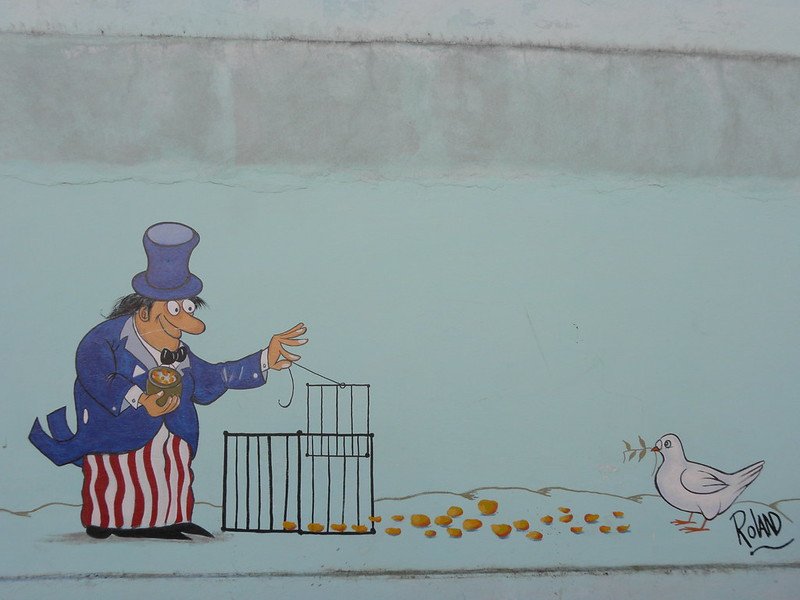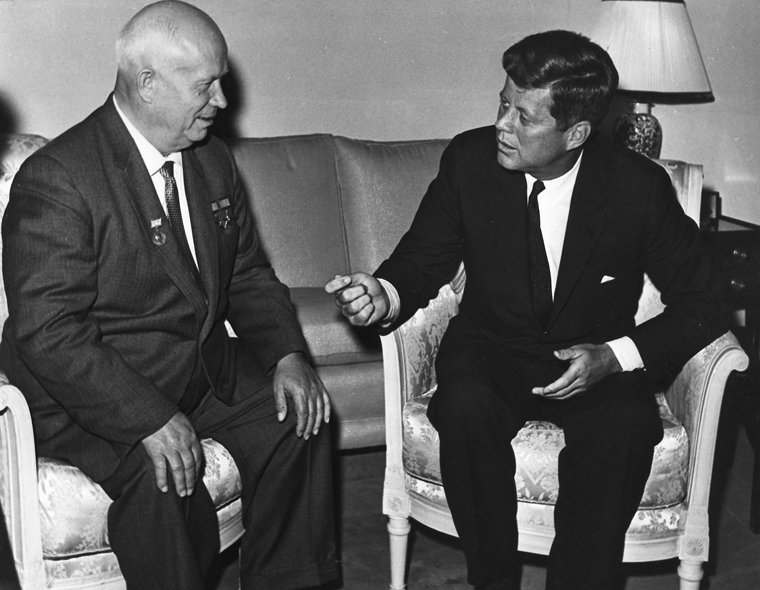First published: Sun 20 Dec 2020.
Els Slots
Cold War
Comments
9 comments
Colvin
4 years, 8 months ago (Dec 20, 2020)
One could make the case that the Space Race was a beneficial result of the Cold War. Accordingly, the Jodrell Bank Observatory played a role in the Cold War through tracking Sputnik 1, and later tracking early spacecraft from the US and the USSR.
Reply
Colvin
4 years, 8 months ago (Dec 20, 2020)
There are some other historical connections to the Cold War in Eastern Europe as well:
Budapest saw students marching to the Parliament Building to protest the Communist regime during the Hungarian Uprising of 1956. This uprising was quickly quelled, and Soviet tanks entered Budapest, protecting the Parliament Building and other key sites.
Prague had its own challenges in 1968, when Warsaw Pact forces took over the city and country to stifle "Prague Spring". This led to widespread protests, including the self-immolation of students Jan Palach and Jan Zajic in Wenceslas Square, in protest of the Warsaw Pact's military occupation of Czechoslovakia. A memorial to the students can be found in the square.
Matejicek
4 years, 8 months ago (Dec 20, 2020)
As I grew up on the other side of the curtain, I remember also other aspects of Cold War that were somehow beneficial (but these benefits were fed up mostly by propaganda and were rather unreal): one example is TWHS Mountain-top Hotel and television Transmitter Ještěd as an example that "we" were technologically and economically at least at the same level as western capitalistic world. The second example of weird propaganda can be found in TWHSs Great Spas of Europe (Czechia), where spa guests and clientele of luxury spa hotels had totally changed in 50s and 60s, and decadent egoistic capitalists were replaced by working class and poor peasants.
Colvin
4 years, 8 months ago (Dec 21, 2020)
Interesting observation about the spas in Eastern Europe; it makes sense that they would have been opened to the people.
Another site that can be linked to the Cold War would be Papahânaumokuâkea. Midway Atoll was the site of a US naval facility that tracked Soviet submarines during the Cold War.
Colvin
4 years, 8 months ago (Dec 21, 2020)
There's one other tenuous connection to World Heritage Sites and the Cold War that comes to mind:
Egyptian President Nasser used Cold War enmity to play the US and the USSR off each other and ultimately secure Soviet funding for Egypt's desired Aswan High Dam on the Nile in 1956. As a result of the dam's construction, UNESCO initiated its Nubia campaign in 1959 in order to save the Nubian Monuments from Abu Simbel to Philae from the rising waters of Lake Nasser. The rest is World Heritage Site history.
nan
4 years, 8 months ago (Dec 21, 2020)
If Cold War is a gap, then Germany will have to revise it's list yet again.
1) While the Wall is mostly gone, several bits remain in Berlin and along the East/West Border.
2) Berlin obviously has several key parts: Checkpoint Charlie, Glienicker Brücke, Tempelhof Airport.
3) The open border in Hungary would probably have to feature somehow, too.
Colvin
4 years, 8 months ago (Dec 22, 2020)
I'd love to see what Germany might put forward to fill in a Cold War gap. I've expressed before how I think the Berlin Wall is a very tangible piece of Cold War history, and I'm glad parts of it are preserved in situ.
Another link to the Cold War came to mind in regard to East Asia. The Great Wall and the Forbidden City (see the Nixon Foundation records) were both visited by US President Nixon in 1972 during his landmark trip to China, in which the US restored relations with Communist China after years of disengagement. Nixon's unexpected overture to China during the Cold War opened up China to the West, and drove a wedge into Sino-Soviet relations.
Durian
4 years, 8 months ago (Dec 25, 2020)
For SE Asia, Cold War was about proxy wars. We faced many less known conflicts in Indochina. But for WHS, I think the most unique maybe the Plain of Jars in Laos and its all those tragic aerial bombs by American, the bombardment of historical Hue and ancient My Son during Vietnam War.


